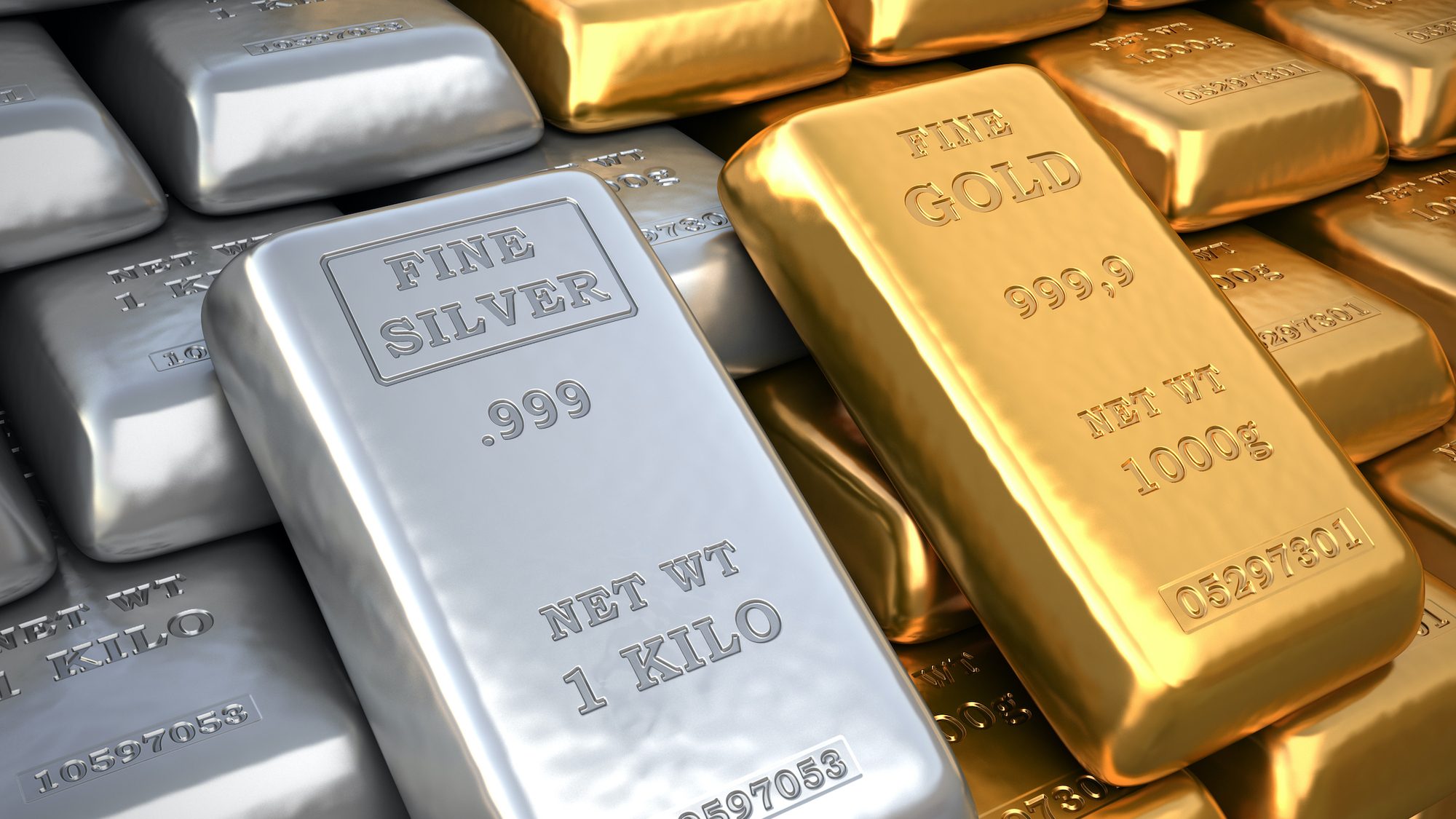Silver price has always held a special place in the world of commodities. Known as the “poor man’s gold,” silver is not only a precious metal but also an industrial asset. Investors, jewelers, and industries keep a close watch on the silver price because it is influenced by global demand, inflation, mining supply, and currency fluctuations. Whether you are a trader, an investor, or just someone curious about the daily silver price, understanding its calculation, historical trends, and market outlook is important.
In this article, we will cover:
- What silver price means
- Factors affecting silver prices
- How silver is priced per gram, tola, and ounce
- Global silver market trends
- Sample calculations for investment in silver
- Future outlook of silver price
- FAQs
What Does Silver Price Mean?
The silver price refers to the current market rate of silver per unit weight. The most common benchmarks are:
- Price per Ounce (oz) → used internationally (London Bullion Market, COMEX).
- Price per Gram (g) → used in jewelry markets and local trading.
- Price per Tola (11.66 grams) → popular in South Asian countries like Pakistan and India.
The silver price changes daily, depending on global supply and demand, industrial usage, and financial market conditions.
Factors Affecting Silver Price
Several factors influence the daily silver price:
- Global Demand and Supply
- Industrial usage in electronics, solar panels, and medicine boosts demand.
- Mining supply disruptions can push prices higher.
- Gold and Precious Metals Correlation
- Silver often follows gold’s price movement. When gold rises, silver usually climbs too.
- US Dollar Strength
- Silver is priced in USD globally. A weak dollar usually increases silver price.
- Inflation and Economic Uncertainty
- Investors buy silver as a hedge against inflation.
- Government Policies and Import Duties
- Local silver prices vary due to taxes, duties, and exchange rates.
Silver Price Per Gram, Tola, and Ounce
Silver is measured in multiple units. Let’s break it down with an example calculation.
- 1 Tola = 11.66 grams
- 1 Ounce = 31.1035 grams
Suppose the international silver price is $25 per ounce.
Step 1: Price per Gram
Price per gram=Price per ounce31.1035=2531.1035≈0.803USD\text{Price per gram} = \frac{\text{Price per ounce}}{31.1035} = \frac{25}{31.1035} ≈ 0.803 USDPrice per gram=31.1035Price per ounce=31.103525≈0.803USD
So, silver per gram = $0.80.
Step 2: Price per Tola
Price per tola=0.803×11.66≈9.36USD\text{Price per tola} = 0.803 \times 11.66 ≈ 9.36 USDPrice per tola=0.803×11.66≈9.36USD
So, silver per tola = $9.36.
Step 3: Convert to Local Currency (PKR Example)
If 1 USD = 300 PKR, 9.36×300=2808PKR9.36 \times 300 = 2808 PKR9.36×300=2808PKR
So, silver price per tola in Pakistan = PKR 2,808.
Historical Trends of Silver Price
- 2000–2010: Silver traded between $4–$20 per ounce.
- 2011: Silver spiked to nearly $49 per ounce due to high inflation and market speculation.
- 2012–2019: Prices stabilized between $14–$20 per ounce.
- 2020 Pandemic: Prices surged to $28 due to safe-haven demand.
- 2021–2023: Prices fluctuated around $20–$26.
- 2024 Outlook: Silver remains bullish due to demand in solar technology and green energy.
Investment in Silver: Example Calculation
Let’s assume an investor wants to buy 1 kg (1000 g) of silver.
- Current price per gram = $0.80
- Cost of 1 kg =
1000×0.80=800USD1000 \times 0.80 = 800 USD1000×0.80=800USD
If the price rises to $1.20 per gram, then: 1000×1.20=1200USD1000 \times 1.20 = 1200 USD1000×1.20=1200USD
Profit = $400 (50% gain).
This simple calculation shows why silver is considered a profitable investment in the long term.
Future Outlook of Silver Price
Experts predict silver demand will remain strong because:
- Industrial demand from solar panels and electric vehicles (EVs) is rising.
- Investors see silver as an inflation hedge.
- Supply constraints in mining may push prices higher.
Analysts expect silver to stay in the $25–$35 per ounce range in 2025, with potential spikes if geopolitical risks increase.
FAQs
Q2: Is silver a good investment?
Yes, silver is both an industrial metal and a precious asset, making it a balanced investment.
Q3: How is silver price determined daily?
Silver prices are set based on global markets like the COMEX and London Bullion Market.
Q4: What is the difference between silver per gram and per tola?
Gram is the international unit; tola is regional (South Asia). 1 tola = 11.66 grams.
Q5: Can silver prices be manipulated?
Yes, sometimes large institutions affect silver through speculative trading, but long-term trends depend on supply-demand fundamentals.
Q6: Which is better: gold or silver?
Gold is more stable, while silver has higher volatility but better short-term gains.
Q7: What is the silver price today?
It depends on your local market and international spot price. Always check the live rates.
Final Thoughts
The silver price is influenced by global economic trends, industrial demand, and currency fluctuations. Investors calculate silver price per gram, tola, or ounce to make informed decisions. With growing usage in technology and renewable energy, silver remains an attractive asset for the future.
Silver’s dual nature as both a precious and industrial metal ensures its demand will never fade. Whether you’re investing for profit, hedging against inflation, or buying jewelry, understanding silver price calculations can help you make smarter financial choices.
